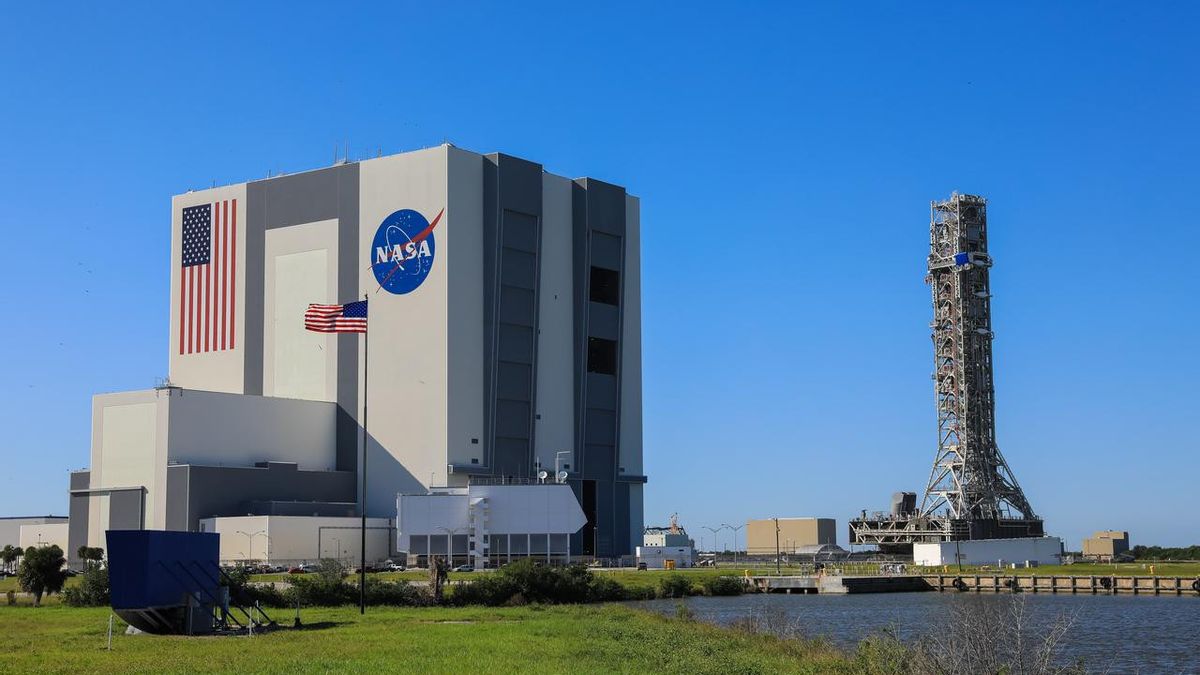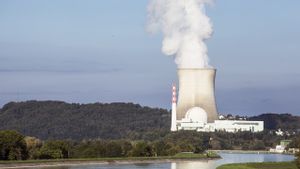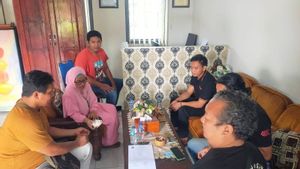Jakarta - NASA has postponed the final rehearsal of the launch of the 332-foot SLS Megarocket until March. This was done to give the engineers more time to complete their 'closed activities'.
This activity includes a long list of tests and checks, both on the rocket, its systems, launch pad, and the Orion capsule strapped to the top.
It is the latest in a long queue of delays to reach the $23 billion Space Launch System (SLS) project, which has been in development for more than a decade.
One of the main consequences of this delay is that they have also delayed the launch of Artemis 1, the test flight of the Orion capsule around the Moon.
NASA said it is currently reviewing launch opportunities for April or May for Artemis-1, meaning the first flight around the moon could be delayed by three months, as it was originally scheduled for launch at the end of this month.
SLS and Orion are at NASA's Kennedy Space Center in Florida, awaiting rehearsal no earlier than March 20.
The postponement of these drills will allow engineers to work their way through a long checklist, which the agency describes as a 'hit list'.
US space agency officials stressed there was no major problem. They stated that everything would go according to plan, the delay was just to allow more time for careful, slow testing.
"Engineers are conducting final integrated tests of Orion and SLS along with ground equipment, before launching the rockets and spacecraft onto the launch pad for final tests, known as rehearsals", a spokesperson was quoted as saying by DailyMail.
"This final test will run the rocket and launch team through the operation to load the propellant into the fuel tanks and perform a full launch countdown", NASA said.
"After a successful exercise, NASA will return the stack to the [Vehicle Assembly Building] for final inspection and set a target date for launch", the statement added.
"There's not one thing, in particular, we just have a lot of stuff we need to cover, it's a huge vehicle, a lot of equipment that needs to be finalized and prepared for final closure activities", said Tom Whitmeyer, NASA's deputy associate administrator for exploration systems development.
The Artemis I mission will see the Orion spacecraft, SLS, and ground systems at Kennedy combine to launch Orion 280,000 miles past Earth around the Moon during a three-week mission.
SEE ALSO:
This spacecraft, built by Lockheed Martin, will stay in space 'longer than any astronaut ship would without docking to the space station and return home faster and hotter than ever before.
They are scheduled to launch as early as March 20, 2022, from Launch Complex 39B at the Kennedy Space Center in Florida. If Artemis I succeeds, then in 2024 NASA will send Artemis II on a trip around the moon, this time with a human crew on board.
The Artemis II mission plans to send four astronauts in the first manned Orion capsule on a cross-moon flight for a maximum of 21 days. Both missions were test flights to demonstrate the technology and capabilities of the Orion, SLS, and Artemis missions before NASA put the human boots back on the moon.
The Artemis mission will be the first to land a human on the moon since NASA's Apollo 17 in 1972. With the first woman and first person of color expected to set foot on the surface in 2025.
Before that can happen, NASA engineers say they need to make sure every aspect of the SLS rocket, lunch platform, and Orion is safe and ready to use.
The English, Chinese, Japanese, Arabic, and French versions are automatically generated by the AI. So there may still be inaccuracies in translating, please always see Indonesian as our main language. (system supported by DigitalSiber.id)














